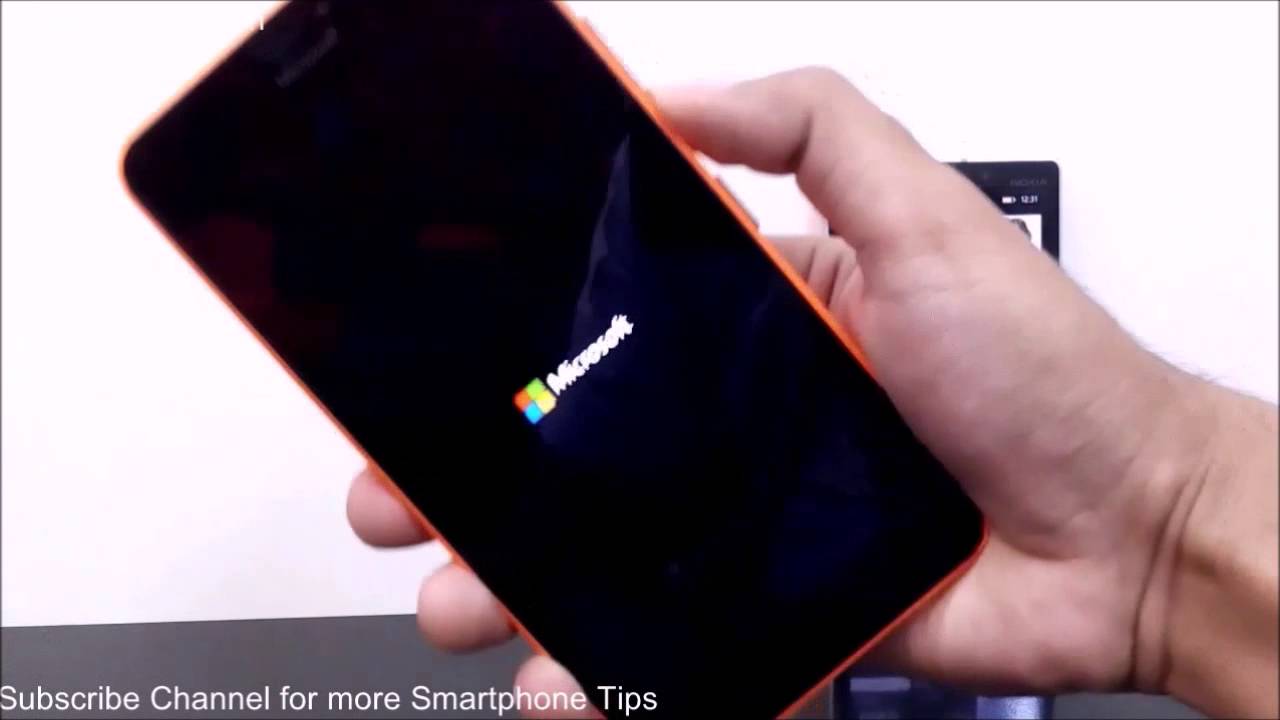Microsoft has indicated that it is no longer develop new features or hardware for the Windows Phone as it has tried very hard to incentivize app developers who claim Windows Phone users are just too low for most them to invest. Thus the phones would soon be phased out.
Joe Belfiore, Windows operating systems vice president, confirmed this in a tweet October 8. In response to a tweet, he said “Of course we will continue to support the platform with bug fixes, security updates. But building new features/hardware aren’t the focus.”
A lack of desirable hardware, progress in software and the lack of management support saw a long period of stagnation, which allowed the Windows phone to decline as against building on the successes of 2012 and 2013.
Until Belfiore’s tweets, Microsoft has never actually stated what its plans are for Windows Mobile, but users may have felt strung along, wondering if it’s time to let go.
“We had no idea how it would be developed in the future. Now we know, it won’t be,” a user was reported as saying.
Because of the Windows Phone is so far behind Android and iOS, in terms of app development and hardware diversity, Belfiore himself has stated that he’s personally switched over to Android.
“The development is a real shame because the Windows phone platform is a pleasure to use. It’s clean, easy and especially for PC users – there’s a sense of familiarity to it,” an analyst said.
Most analysts are of the opinion that the Windows platform is practically now on life support as the phones would soon be rested.
In the past years, there has been a lack of new handsets and software updates, which has been a big problem for Windows phone users.
Specifically, Nokia has switched from Windows to Android recently, a move not unconnected with the difficulties they’ve faced with Microsoft. Indeed the awful Windows Store has been highlighted as one of the biggest problems with the Lumia range.
After the exit of Nokia, Microsoft continued under its own brand of Windows Phones. By then, though, the damage had already been done.
However, the spirit of the Windows phone may not be dying totally as Microsoft’s new strategy is to offer all of its key apps and services to Android and iOS devices.
They’ve shifted their focus from hardware to software, they’ve always been rather good at, barring the atrocity that was Windows Millennium Edition, or Windows ME, a graphical operating system from Microsoft released to manufacturing in June 2000.
Analyst feel Microsoft Universal Windows Platform may just the kind of thing they need to get the job done. Developers have been crying out for this cross-device ability for a long time.
Part of the logic behind the universal app platform is based in the failures of the Windows Phone. Developers had no incentive to create apps for a mobile operating system with almost no share of the market.
Now, they’ll be able to reuse most of their old code and make it happen. But, of course, developers just don’t do platforms, which have no users. So, it’s a long shot, but it’s something Microsoft will have to look into.
Just last week, Microsoft released an Android beta-version of its Edge web browser, along with Microsoft launcher. All of the major Office apps, such as Word and Excel, are already available on both Google and Apple’s platforms.
Office, Outlook, OneNote and even Xbox are all there. The devices themselves may be dead, but the spirit of the Windows Phone is destined to live on.
It has also long been rumoured that Microsoft will be bringing out a Surface Phone, with speculation that we may see it in 2018. The consensus, though, is that even if it takes them twenty years to finish it, that’s okay and probably best.
They absolutely have to get it right this time, or the entire idea of a mobile Windows device may well and truly perish.



